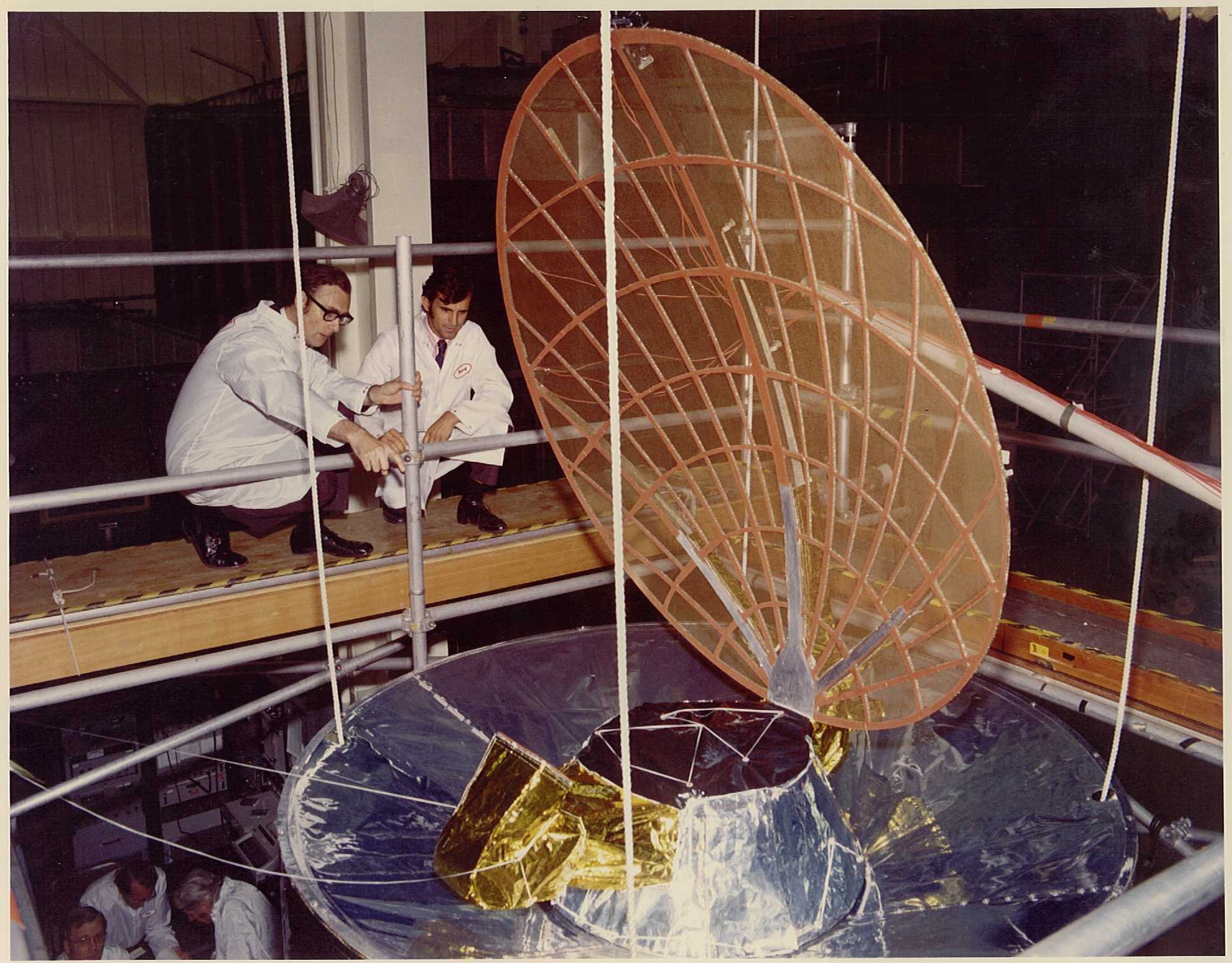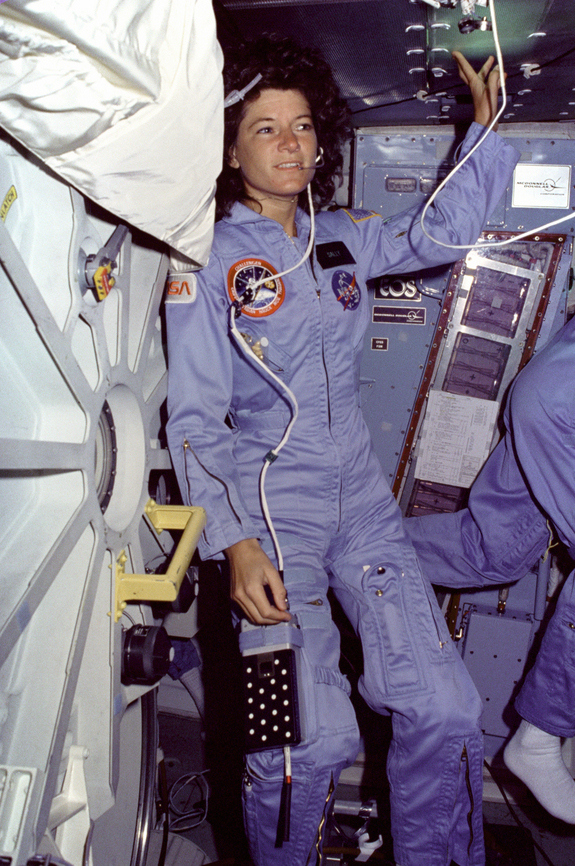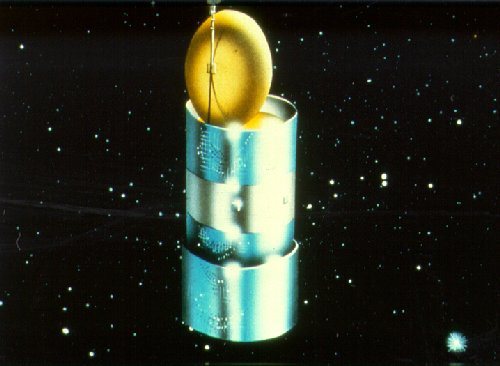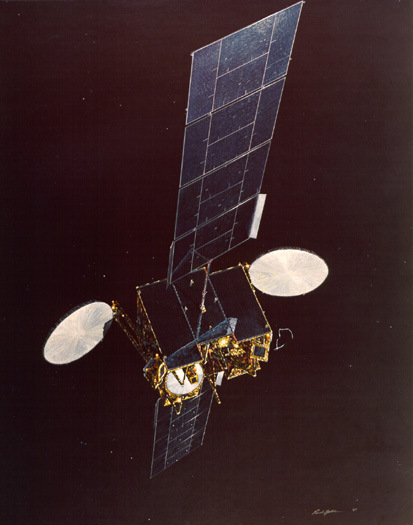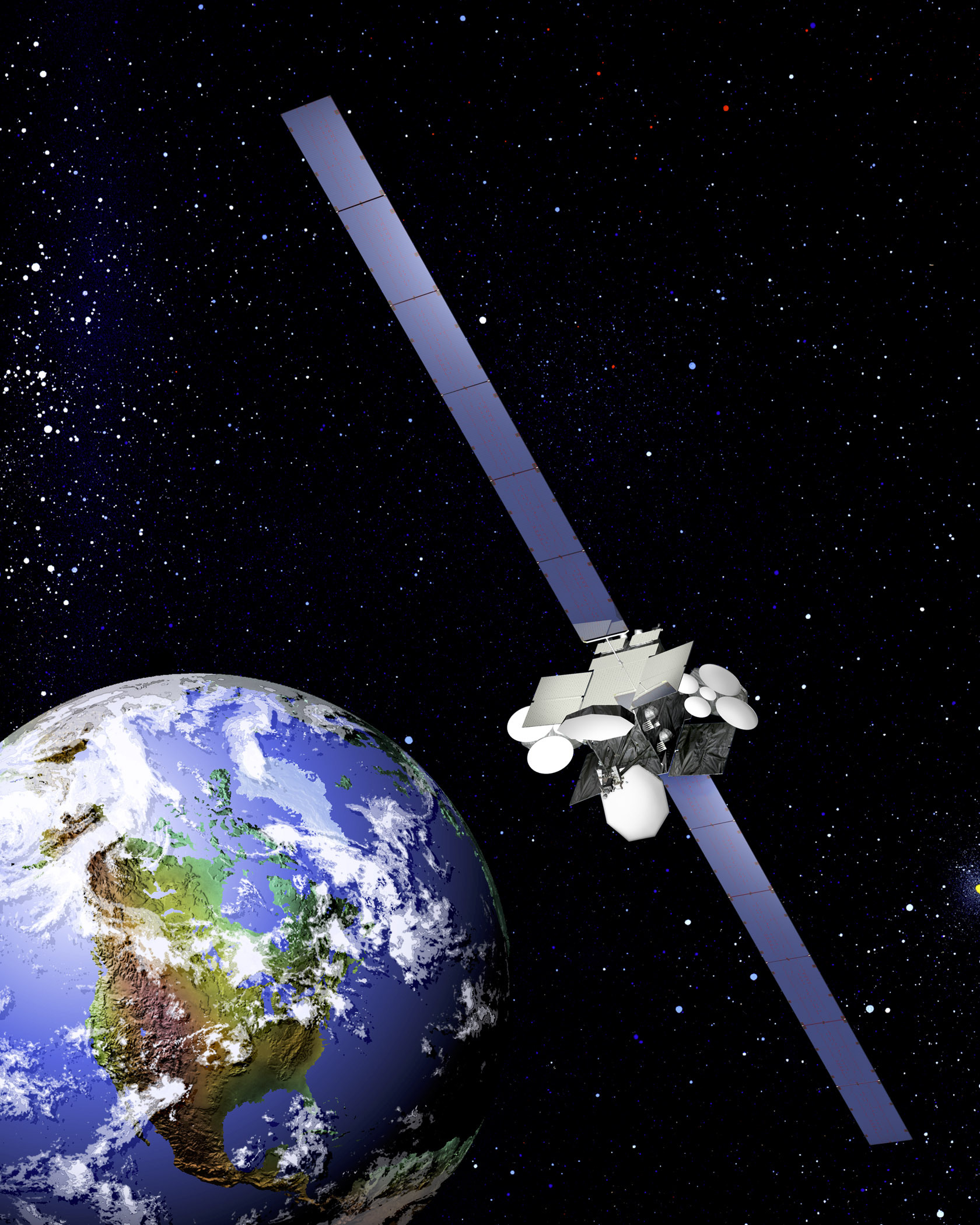It’s been nearly five months since the successful launch of Anik G1 from Kazakhstan. We think this was a very proud moment in the history of the Baikonur Cosmodrome, but there are plenty of other neat things to know about it. Here are some notable facts about the Baikonur Cosmodrome:
1. The Baikonur Cosmodrome was founded in 1955.
2. Sputnik, the first artificial satellite to orbit Earth was launched from here on October 4, 1957.
3. Yuri Gagarin became the first man in space on April 12, 1963. He completed a successful orbit of the Earth in a Vostok 3KA spacecraft (Vostok 1). The launchpad is now known as “Gagarin’s Start.”
4. Valentina Tereshkova followed Gagarin shortly afterwards, becoming the first woman in Space on June 16, 1963 in Vostok 6.
5. The first piece of the International Space Station (called Zarya) was launched from the Baikonur Cosmodrome on November 20, 1998. The main component of the Russian section of the ISS (Zvezda) was later launched on July 12, 2000.
6. A town named Leninsk was built around the Cosmodrome to provide housing, schools, and other amenities to those who worked there. Leninsk was renamed to Baikonur in 1995.
7. Baikonur is home to the world’s largest industrial railway, which is used to transport spacecraft and other parts required through all stages of launch preparation. The railway is 1524 mm gauge (also known as “Russian gauge”), which means that there is 1,524 mm – five feet – between the wheels on the train cars.
8. The Cosmodrome takes up more than 14,000 square kilometres, stretching 160 kilometres east-to-west, and 88 kilometres north-to-south.
9. The Russian government leases the land that the Baikonur Cosmodrome is situated on land in Kazakhstan for a fixed rate of $115 million USD per year. The agreement lasts until 2050, although Russia is in the process of building the Vostochny Cosmodrome to reduce dependency on Baikonur; construction is slated for completion in 2018.
10. Czechoslovakia, Poland, India, and France were among the countries that began developing their space programs at the Baikonur Cosmodrome under the Interkosmos Program.
*rg


